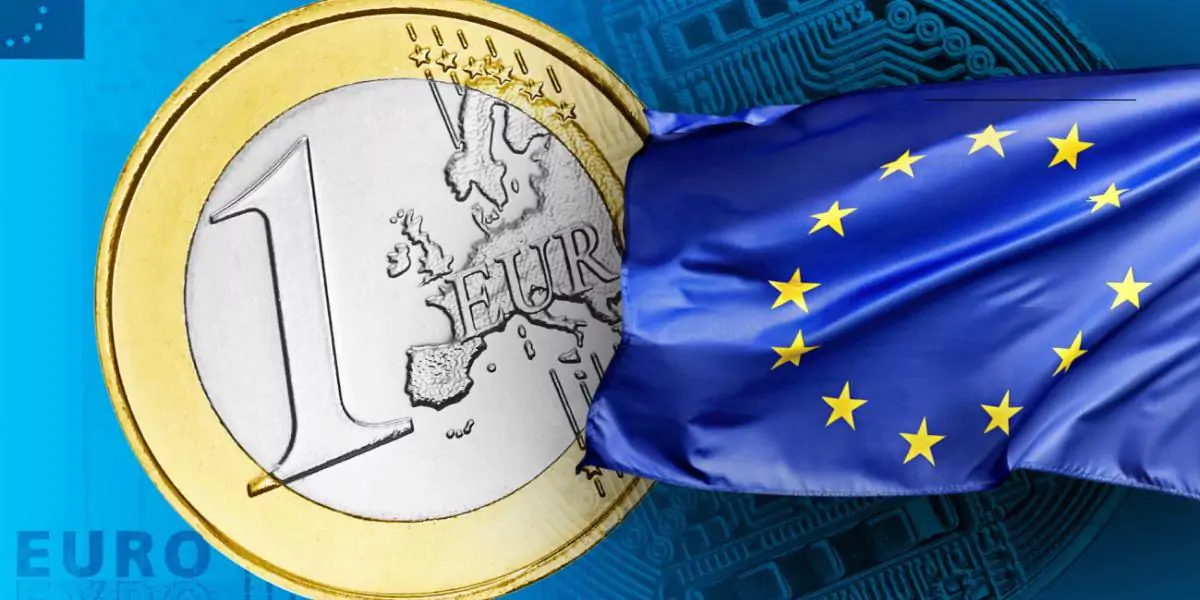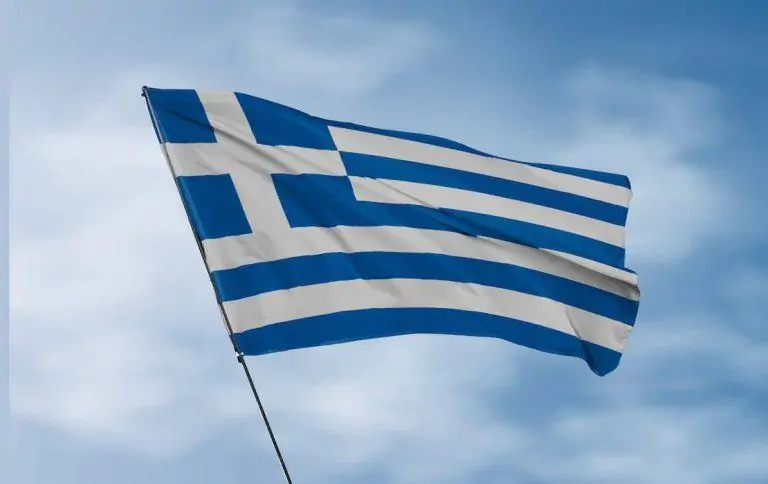Greece has made significant efforts to adopt a tax policy on crypto assets as the use of cryptocurrencies grows globally. In January 2025, the Greek government introduced new tax regulations for cryptocurrency transactions.
28.08.2024

The European Union has introduced its first regulated euro-pegged stablecoin in compliance with MiCA regulations. This stablecoin, named EURI, represents a significant step forward in the development of digital finance in Europe. It was issued by the European payment bank Banking Circle, headquartered in Luxembourg. EURI is the first electronic money token created and backed by a bank according to European crypto-asset regulation standards.
EURI meets the requirements of the MiCA (Markets in Crypto-Assets) legislation, which regulates crypto-assets, including stablecoins. These requirements include mandatory licensing for stablecoin operators and adherence to strict standards to maintain token stability. For EURI, all fiat funds received in exchange for stablecoins will be kept separately in the form of cash or its equivalents. This will protect them from potential financial risks, including bank insolvency.
The EURI stablecoin will be available on the largest cryptocurrency exchange, Binance, which plans to list it on August 28. Initially, the exchange will offer commission-free trading to attract market participants. The initial trading pairs will be EUR/EURI and EURI/USDT, with plans to expand the available trading tools in the future.
The launch of EURI creates additional competition in the European stablecoin market, which has been predominantly focused on dollar-pegged stablecoins. This event is significant not only for strengthening the euro’s position in the digital financial market but also for providing greater choice and stability for cryptocurrency users.
Banking Circle has also ensured the transparency and security of its stablecoin. The token will be subject to regular audits conducted by leading audit firms. This will ensure parity between the amount of EURI in circulation and the cash reserves of clients. EURI holders will be able to exchange their tokens for euros at face value at any time, making EURI a convenient and reliable tool for transactions.
The introduction of EURI opens new opportunities for using cryptocurrencies in Europe, reinforcing the euro’s position and laying the groundwork for further growth in digital financial services. Regulated stablecoins not only ensure security and trust but also stimulate innovation, fostering the creation of a more open and competitive financial system in the European Union.
These steps underscore the EU’s commitment to developing the digital economy and adopting cutting-edge technologies that meet high standards of security and regulation.
Future Prospects
The launch of the first euro-pegged stablecoin in accordance with MiCA opens new horizons for the development of digital finance in Europe. This event signals the beginning of a new era where stablecoins could become an integral part of the financial system, offering convenience and security to users. In the future, new projects are expected to follow EURI’s example, providing even more opportunities for integrating digital currencies into everyday life.
Conclusion
The introduction of EURI demonstrates how Europe is moving toward a more innovative and secure future in digital finance. Regulated stablecoins like EURI play a key role in ensuring stability and trust in the cryptocurrency sphere. They not only contribute to market development but also provide users with reliable tools for managing their finances. This significant event reaffirms the EU’s commitment to high standards of security and efficiency, positioning Europe as a leading player in the global digital economy.




